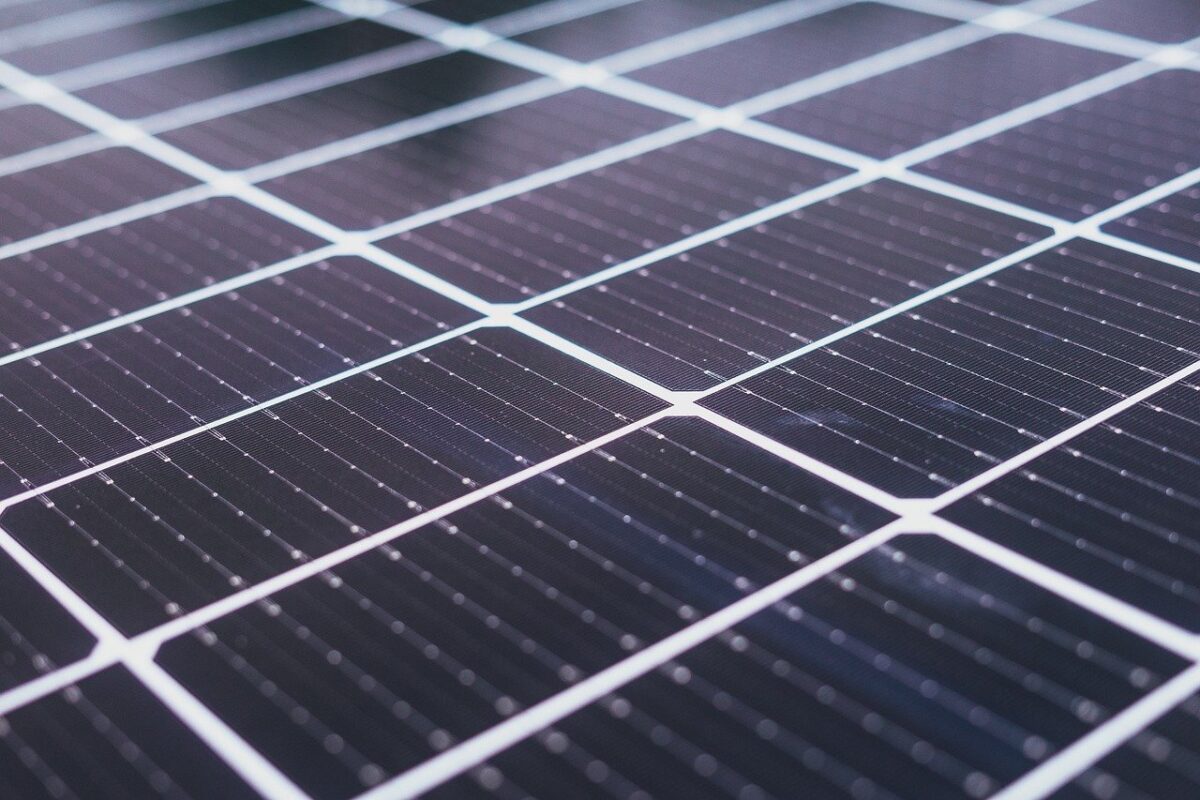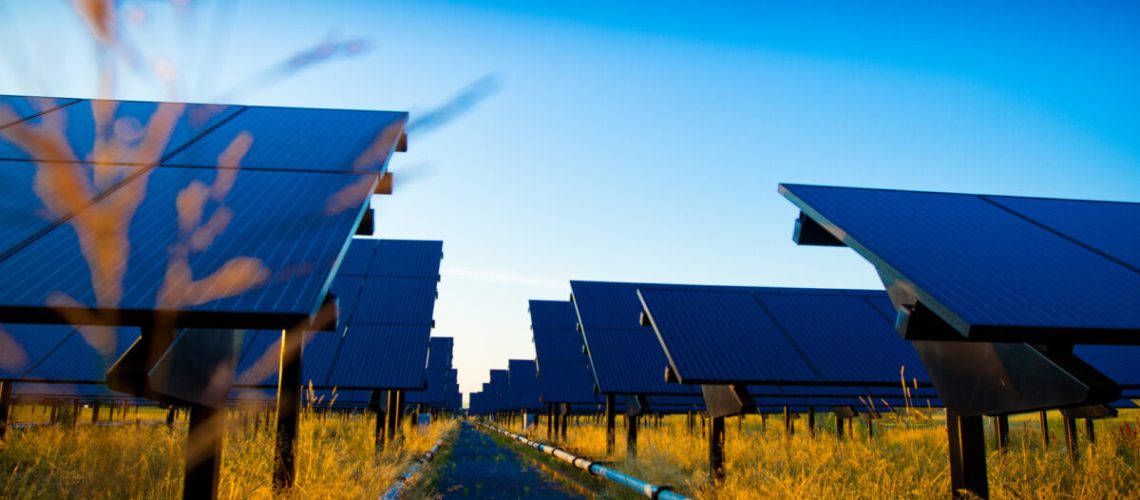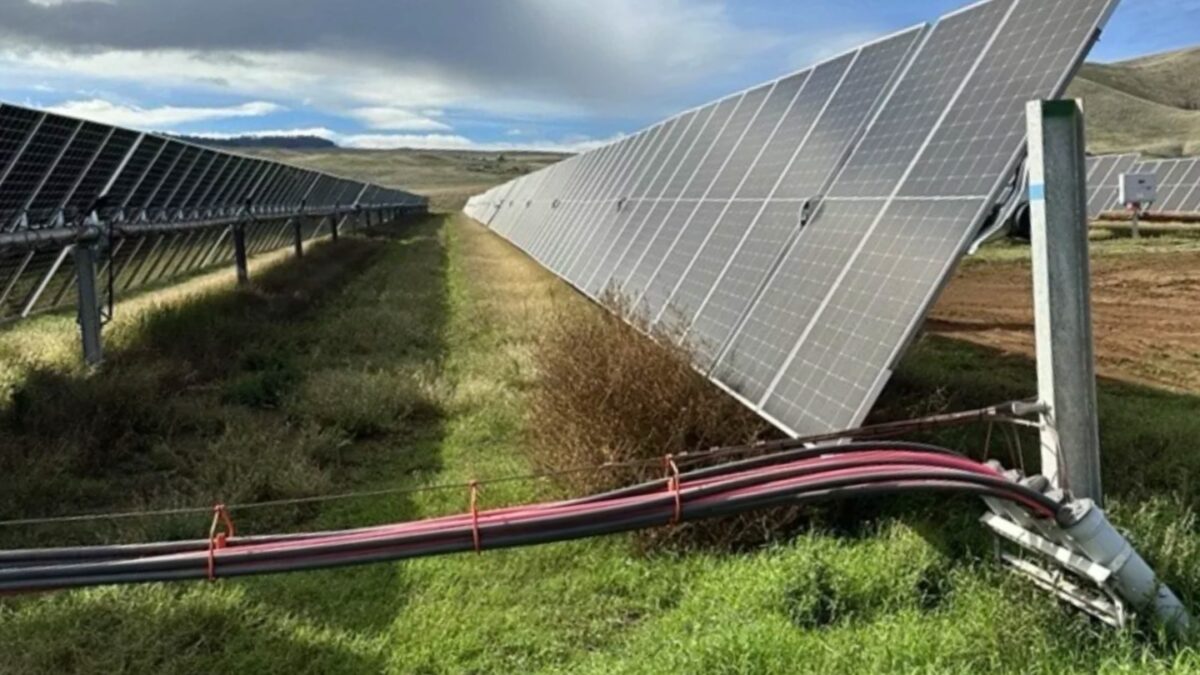With a goal of achieving net neutrality by 2030, the University at Buffalo is not just generating clean energy with its solar installations, but serving as an example of how solar can become part of the landscape.
The University at Buffalo (UB) has an aggressive climate action plan with a goal of achieving climate neutrality by 2030. To move the University closer to that goal, it’s installed five ground-mount solar arrays as well as four rooftop installations with plans for more in the future.
The largest and most recent of the arrays called the UB Solar Stroll is set on 24.5 acres on the University campus. Made up of 16,354 Qcell Q.Peak Duo 400 W solar panels, the Solar Stroll array produces 6.54 MW of electricity or 8.29 GWh annually, the equivalent to offsetting the usage of approximately 1,354 homes.
Ryan McPherson, chief sustainability officer, told pv magazine USA that when they built the solar project, they didn’t want to put fences around it “because solar is not just about energy.” He noted that the high-voltage equipment is fenced, of course, but otherwise the arrays are open to the public. “It gets people thinking about how you can integrate solar into your world.”
The Solar Stroll and its predecessor, the Solar Strand, have become models for how to integrate solar into the landscape, and is now used by clubs, school groups and community organizations. The University’s Solar Decathlon house also sits alongside the Strand, another testament to UB’s commitment to sustainability.
As chief sustainability officer, McPherson played a lead role in the solar projects and said that the organization, Second Nature, was infinitely helpful. “We wouldn’t have done what we’ve done without them,” McPherson said.
Second Nature is a non-profit organization with a mission to help higher education institutions act on climate commitments and to help them scale campus climate initiatives and create innovative climate solutions. The organization reports that since 1993, it has helped hundreds of colleges and universities work toward achieving climate goals.
McPherson said that it was through Second Nature’s workshops, educational and networking opportunities that he learned about renewables and specifically about power purchase agreements. “Second Nature catalyzed solar in universities”.
Before the University embarked on the Solar Stroll array, it had financed smaller installations through grants. Financing the larger array was a challenge. “Our bread and butter is research and education, so when there’s capital, our cash goes into that,” McPherson said.
Second Nature introduced the University to the power purchase agreement (PPA) model, which helped them to leverage capital and gave them budget stability. UB signed a 20-year PPA with Buffalo Climate Action, a subsidiary of Solar Liberty and Oriden, which has since been assigned to Greenbacker.
Popular content

McPherson said the result is that, while they were initially just trying to get to grid parity, they have stability because they know what they’ll pay for energy over time and they’re actually saving money now.
The University is now using two different models of PPAs; a virtual PPA that goes out to the meter and another physical one that is behind the meter. They also embarked on an initiative to advance solar in the region, partnering with Erie County, Buffalo State College and Erie Community College. “If we achieve climate neutrality by 2030, that’s great but if nobody else does it doesn’t help,” said McPherson.
Going forward, UB is looking to mandate that all new construction have the ability to install rooftop solar on buildings, similar to the measure California recently enacted requiring builders to include solar and battery energy storage in most new construction projects. The University is also looking closely at solar canopies for campus parking lots.
“As a major public research university, these solar panels speak — they communicate and reinforce our value of taking responsibility for our actions as an institution,” said McPherson.
The renewable energy projects received national attention when Vice President Kamala Harris chose UB as the place to tout the landmark Inflation Reduction Act. The Vice President called the work that is happening at UB “very exciting and really a model for our country.”





